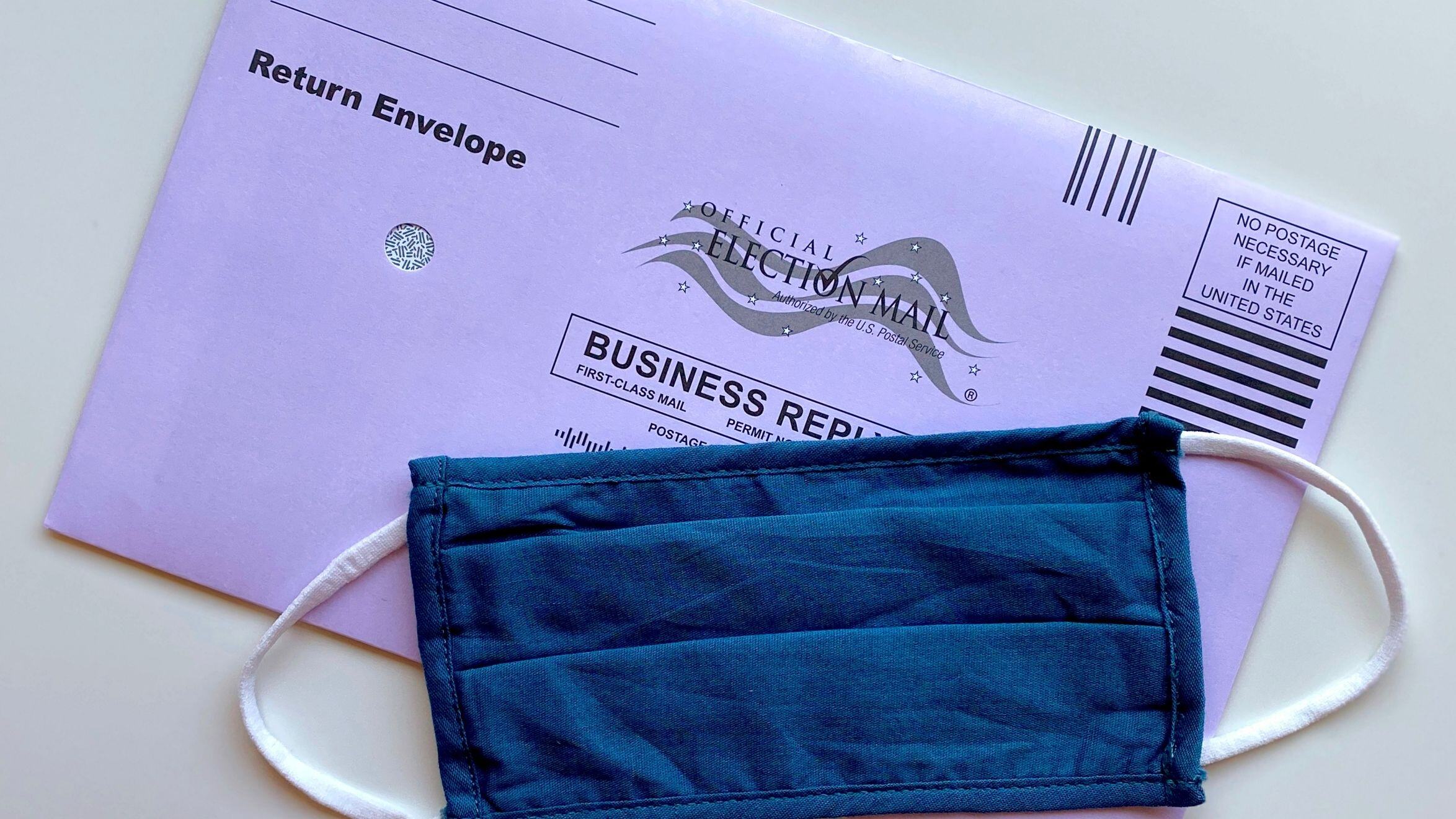3 ways Relocity helps global mobility teams realize cost savings | Relocity
Today, businesses are looking for innovative ways to manage their mobility programs and deliver the right mobile employee experience. Yet, current...
At Relocity, we encourage all U.S. citizens to vote, no matter their current circumstances. If you are living outside the U.S., here is how you can still exercise your right to vote.
Most U.S. citizens 18 years or older who reside outside the United States are eligible to vote absentee for federal office candidates in U.S. primary and general elections. Some states allow overseas citizens to vote also for state and local office candidates and referendums.
To verify eligibility and State requirements please consult the 2020-21 Voting Assistance Guide (chapter 2).
In many states, U.S. citizens who are 18 years or older and were born abroad but who have never resided in the United States are eligible to vote absentee. Here is a complete list of the states that have passed legislation to allow that.
Overseas citizens' legal state of residence for voting purposes is the state or territory where they last resided immediately prior to their departure from the United States. This applies to overseas citizens even if they do not have property or other ties in the last state of residence. Children of these citizens should use the residence address of one of their parents or legal guardians. This residence may remain valid even if the citizen:
Once again, please check the 2020-21 Voting Assistance Guide (chapter 2) for Federal Election Deadlines which vary by State.
Absentee voting is a two-step process:
1. Register and Request the Absentee Ballot via FPCA here
2. Complete and return the ballot so it arrives before your state's ballot return deadline (see Voting Assistance Guide).
How to determine the voting residence for registering to vote absentee.
List of useful websites with voting information by state
The Federal Voting Assistance Program is available in many countries to answer questions via phone or fax. Here is a complete list of contact numbers by Country .
If local assistance is unavailable, please contact the Federal Voting Assistance Program in the US. Support Hours of Operation: 7:30 a.m. - 4:00 p.m. ET, Monday-Friday:

Today, businesses are looking for innovative ways to manage their mobility programs and deliver the right mobile employee experience. Yet, current...

Are interns getting what they need from your internship program? If your firm doesn’t help them find housing, they might not be.

Generation Z is demanding corporate sustainability, and employers interested in filling their talent pipelines with top interns are listening. Firms...
